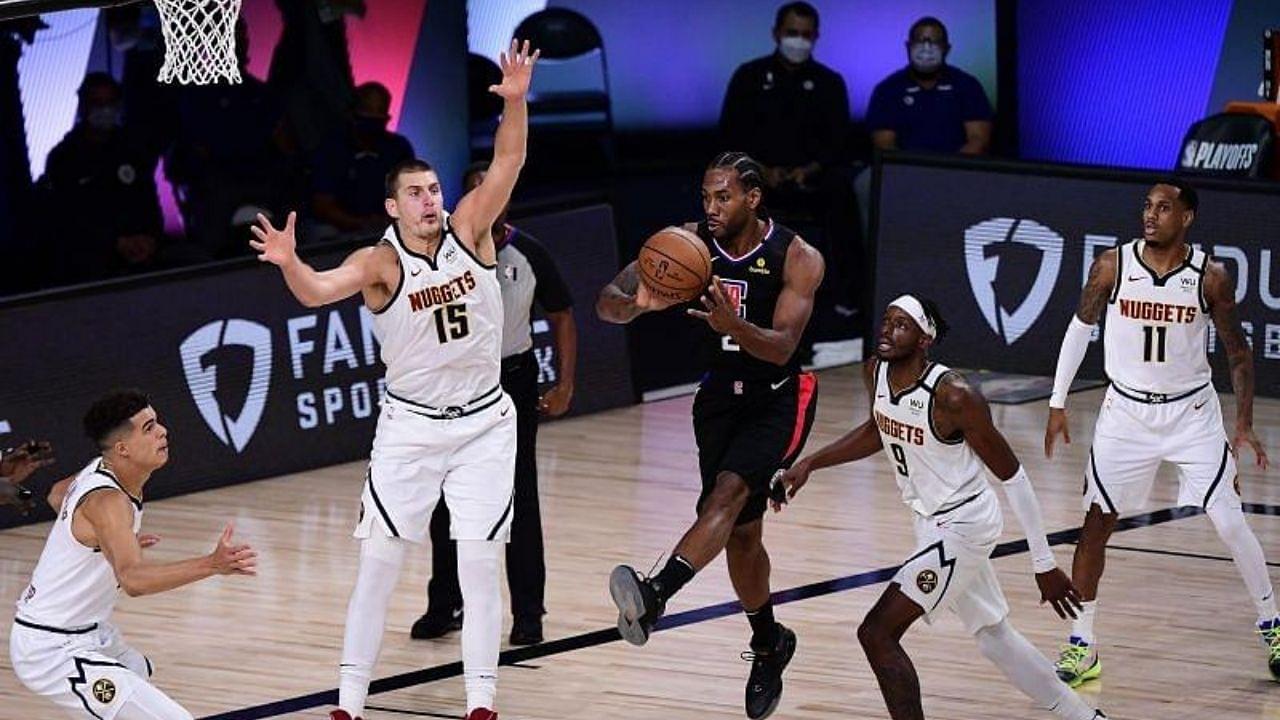Given that many first-time viewers are following the NBA playoffs this time, we thought it prudent to explain one of the crucial offensive rules – the 3-second rule.
Advertisement
The offensive 3-second rule is a key part of the game of basketball. It’s been a part of the rules since before the inception of the NBA, since before even the World War 2.
Introduced in 1936, it is one of the major reasons why big men are unable to camp under the basket and convert alley-oops all the time.
What is the NBA 3 second rule on offense?
The offensive 3-second rule, also termed as a lane violation, simply states that an offensive player cannot stay inside the paint area without the ball for more than 3 seconds at a time.
The countdown for the allowed 3-second limit starts when the player sets one foot inside the paint. It stops when the player takes both feet out of the painted area.
Also Read: Illegal defense NBA: What are the rules regarding defensive 3-second and why was it introduced?
Unlike the 3-second rule, which was implemented to tame the impact of the newly legalized zone defense rules, the 3-second rule has always been a major part of the game.
Even during the times of George Mikan’s peak basketball years in the 40s and 50s, this rule prevented him and other big men from asserting their total domination on the game.
Today, the LA Clippers were called for a 3-second violation late in the 4th quarter. This was because Ivica Zubac overstayed the set period of time in the paint while the other Clippers passed the ball around on the perimeter to get themselves open for a 3-point shot.
Offensive 3-second calls are very rare in pro basketball. Players learn very quickly in their formative years to clear out of the paint area.

